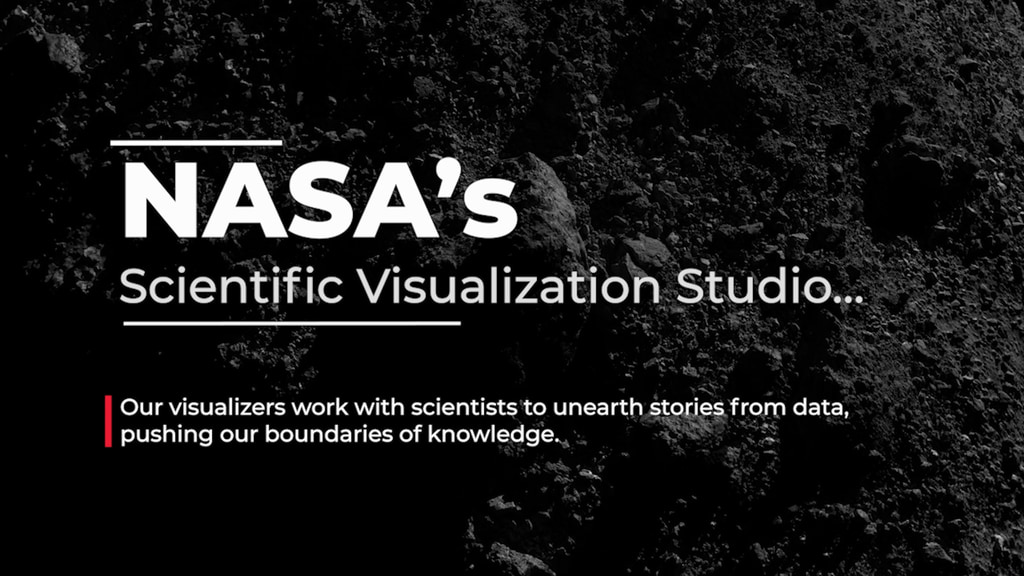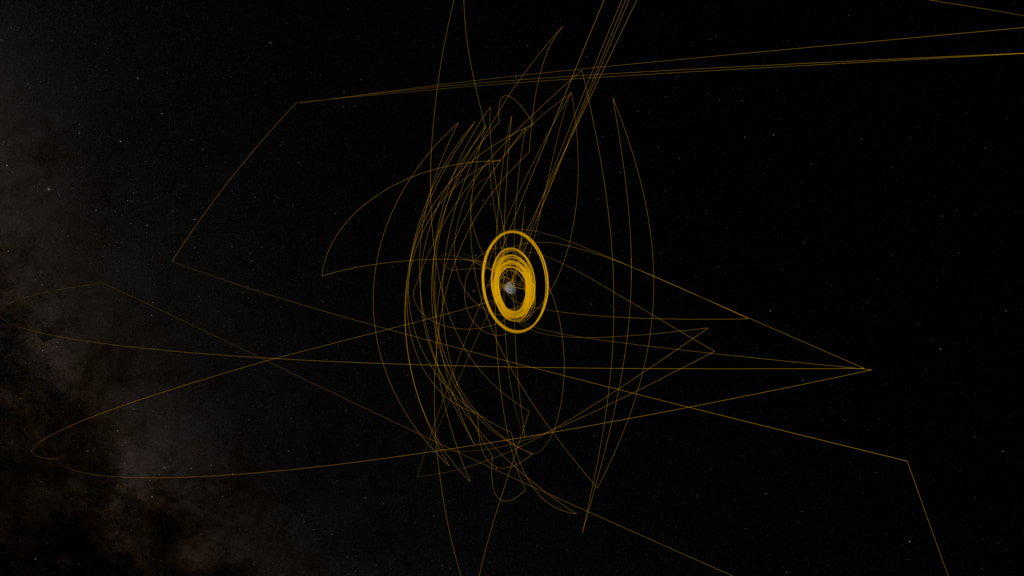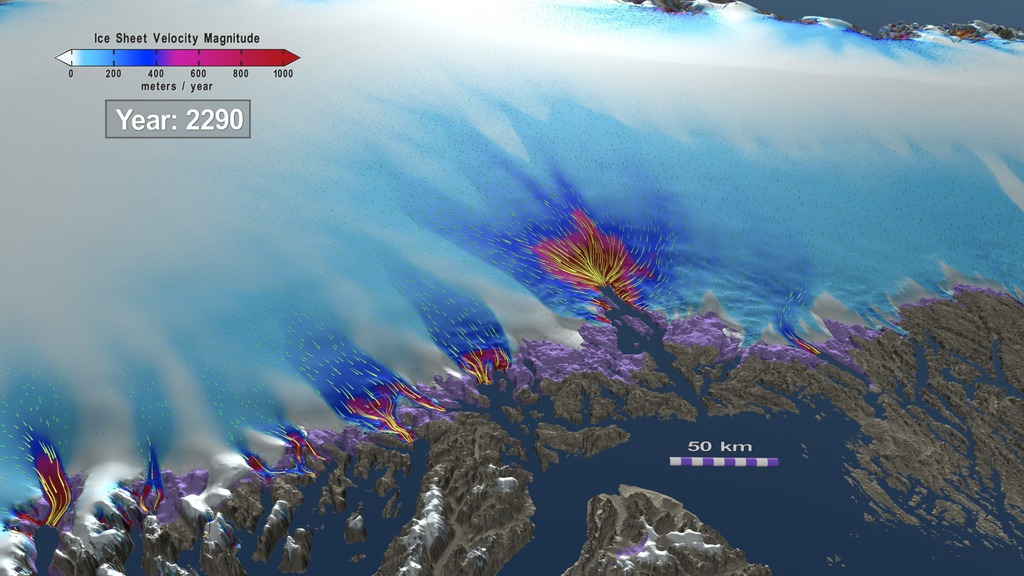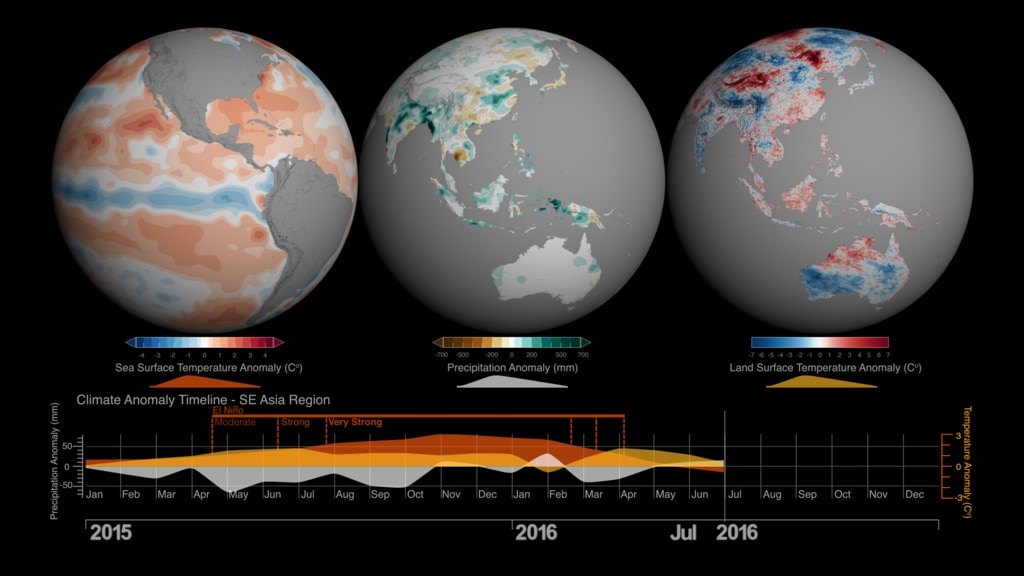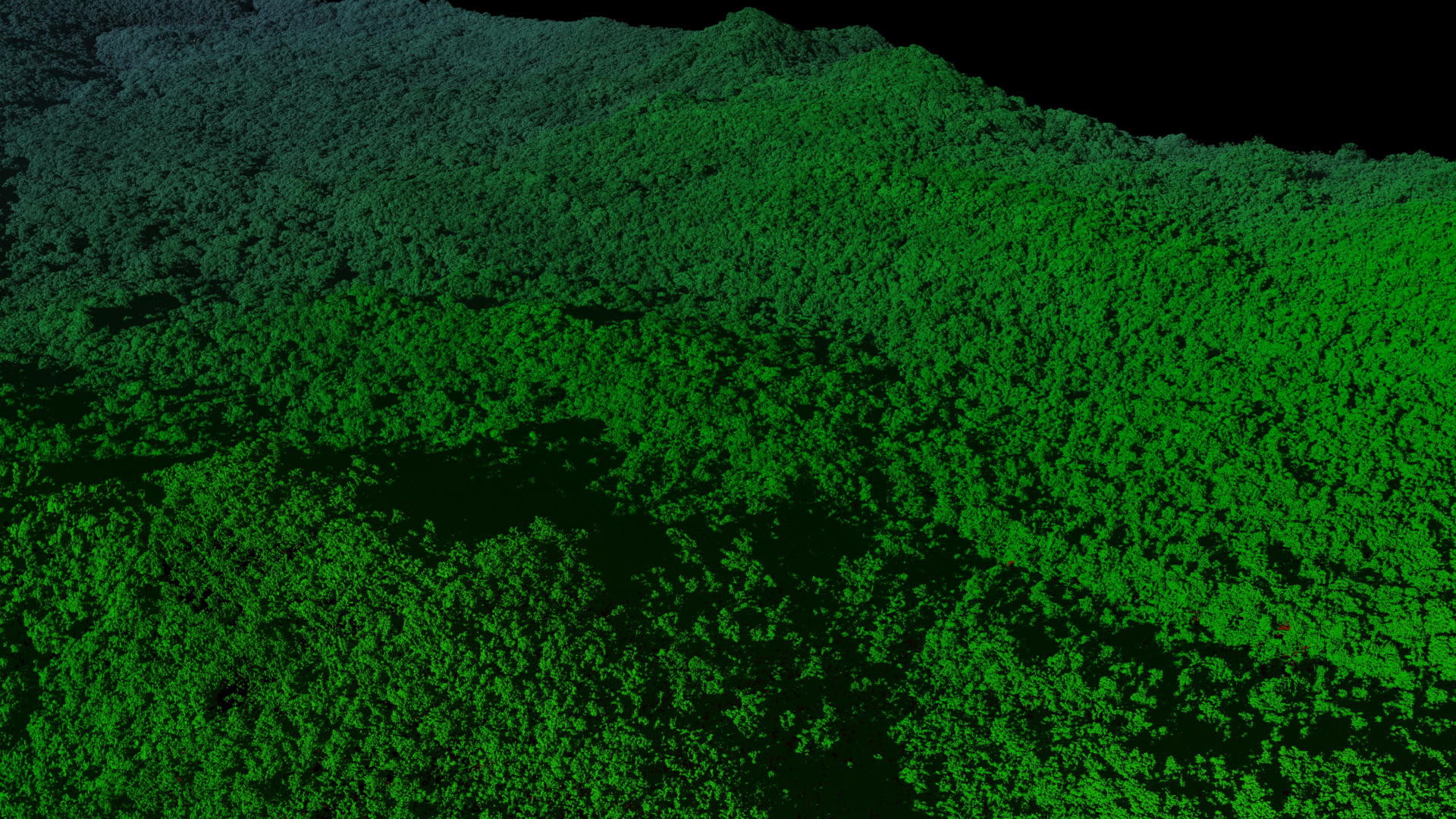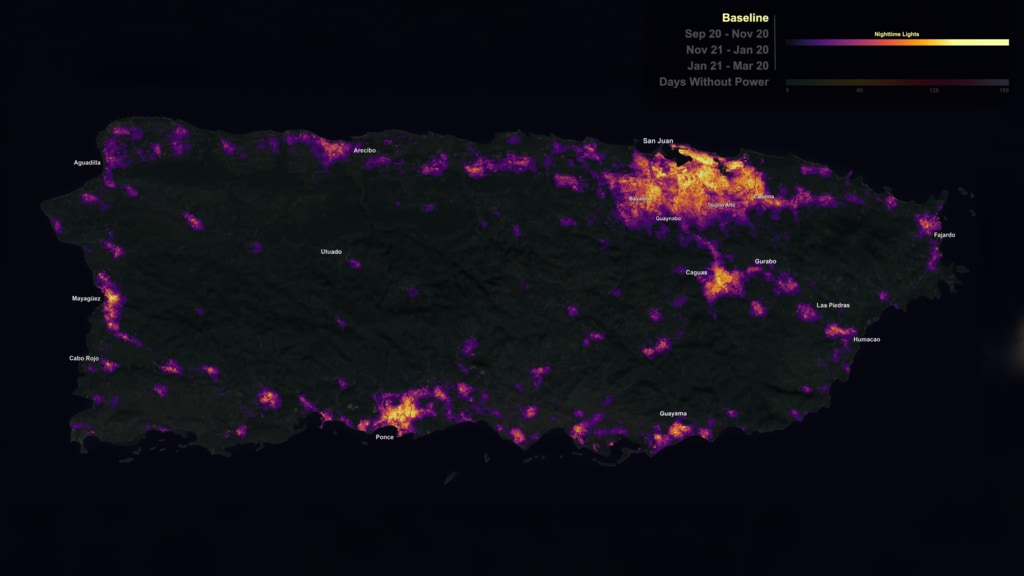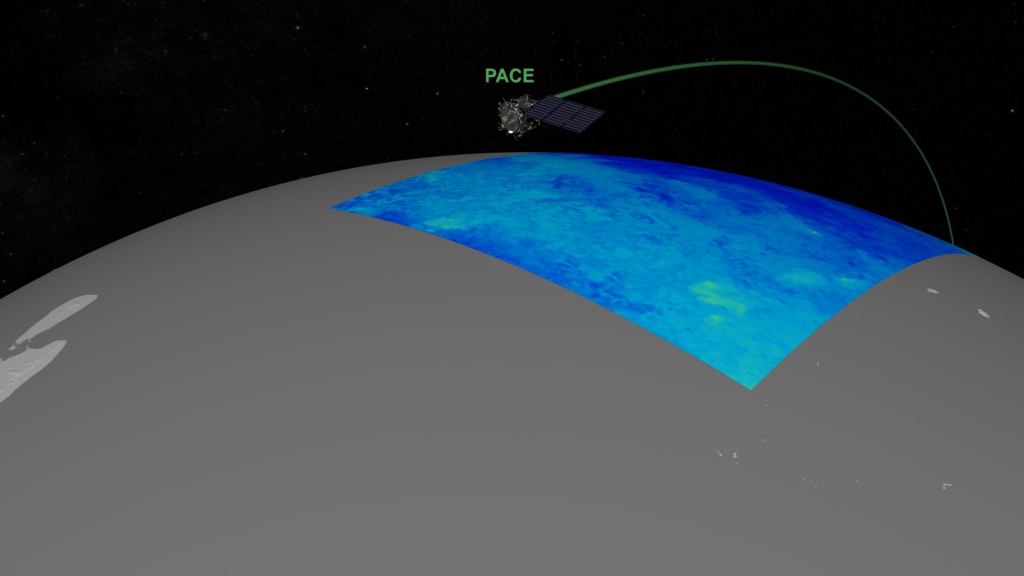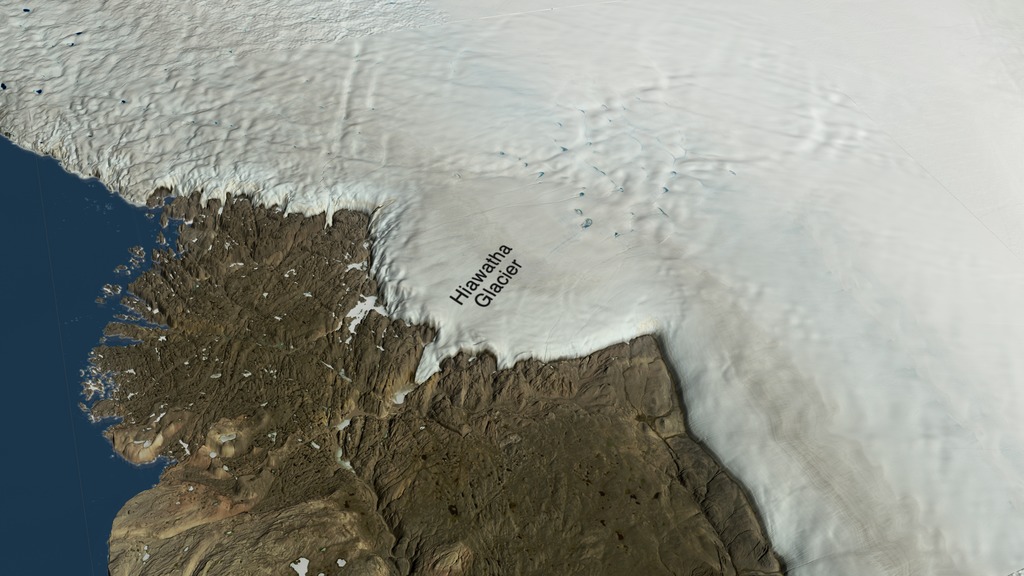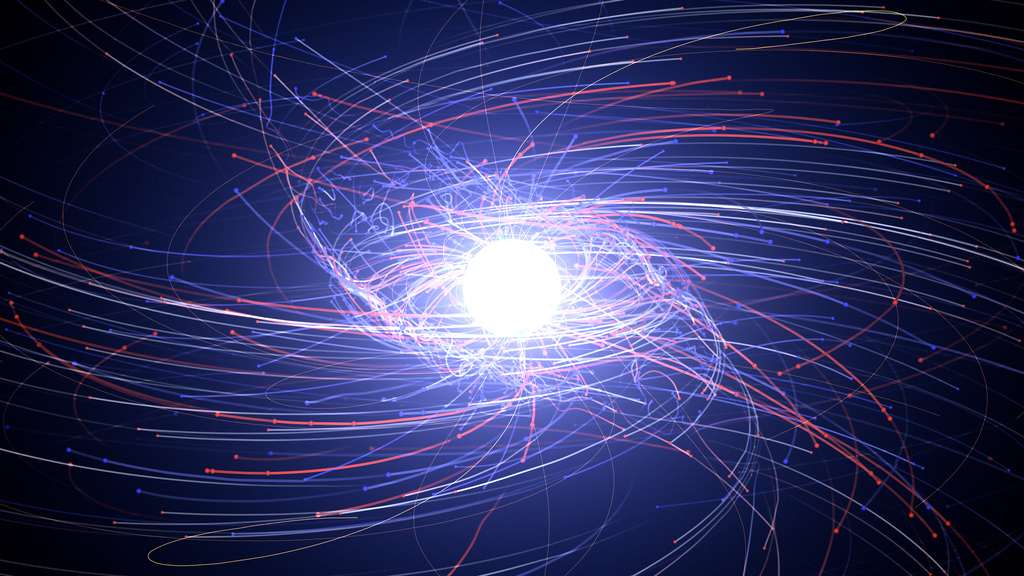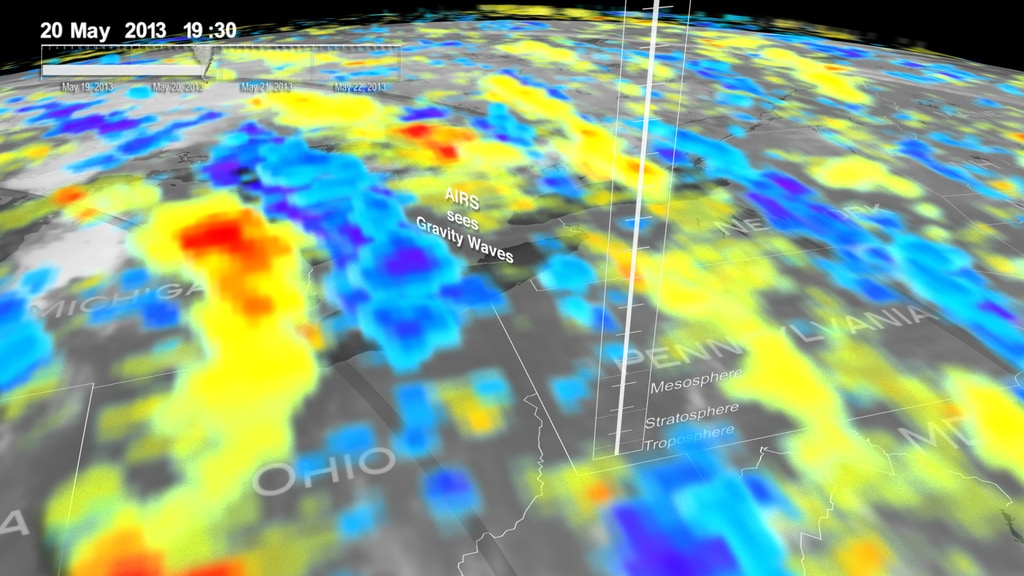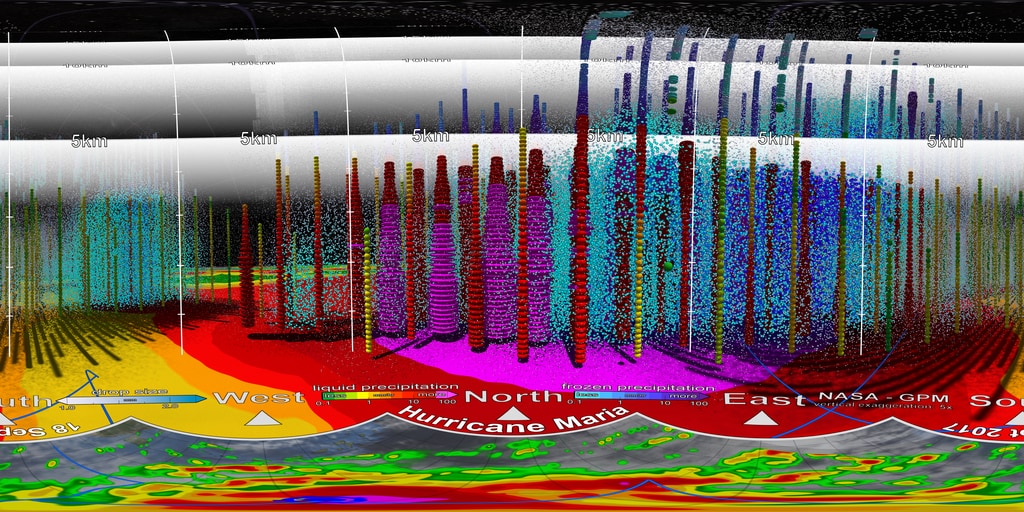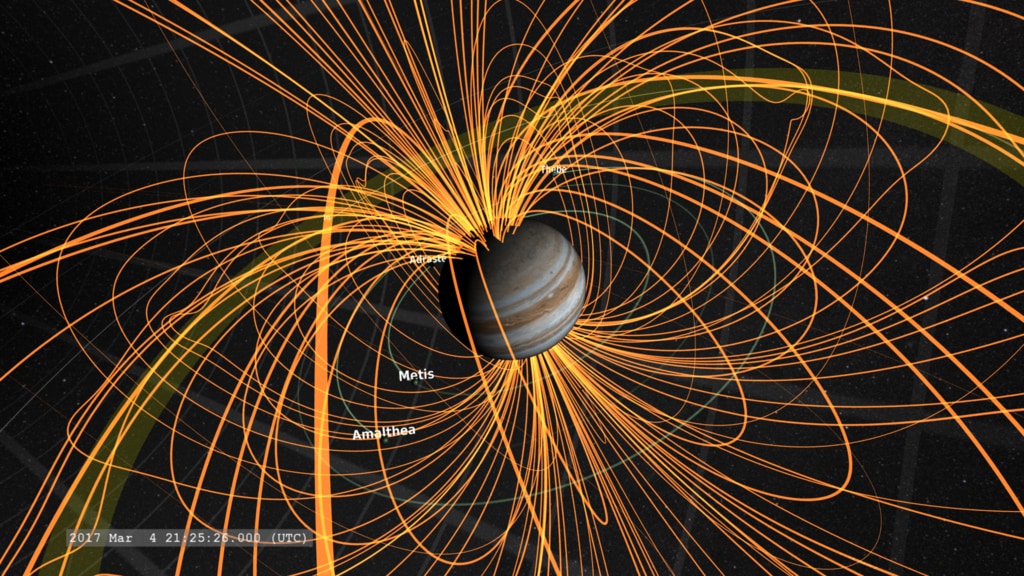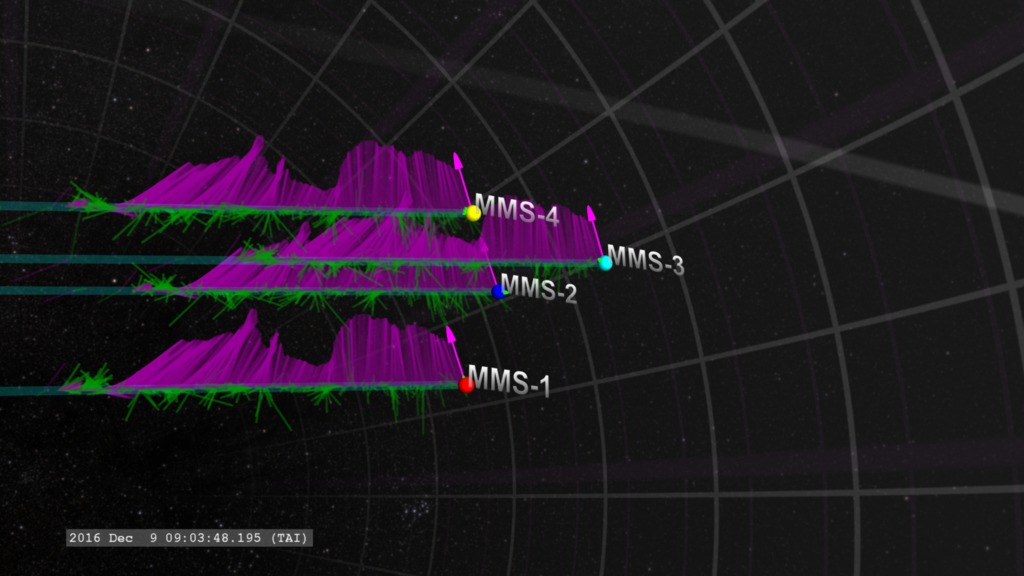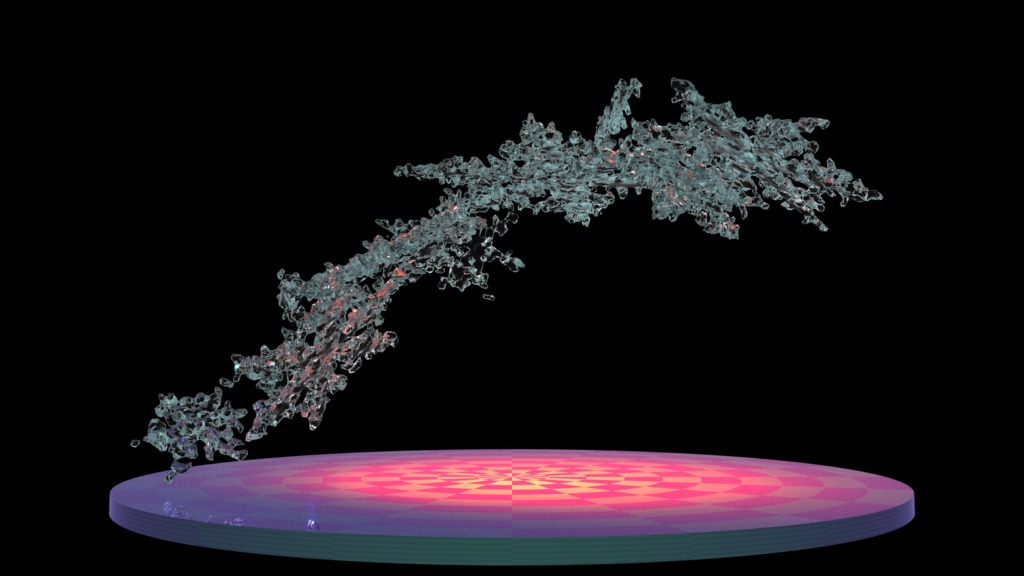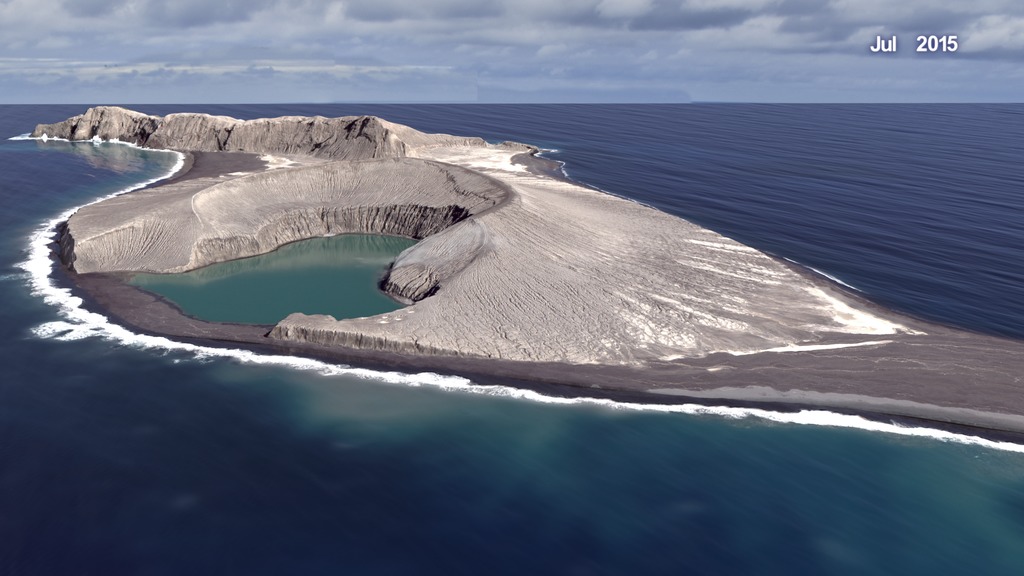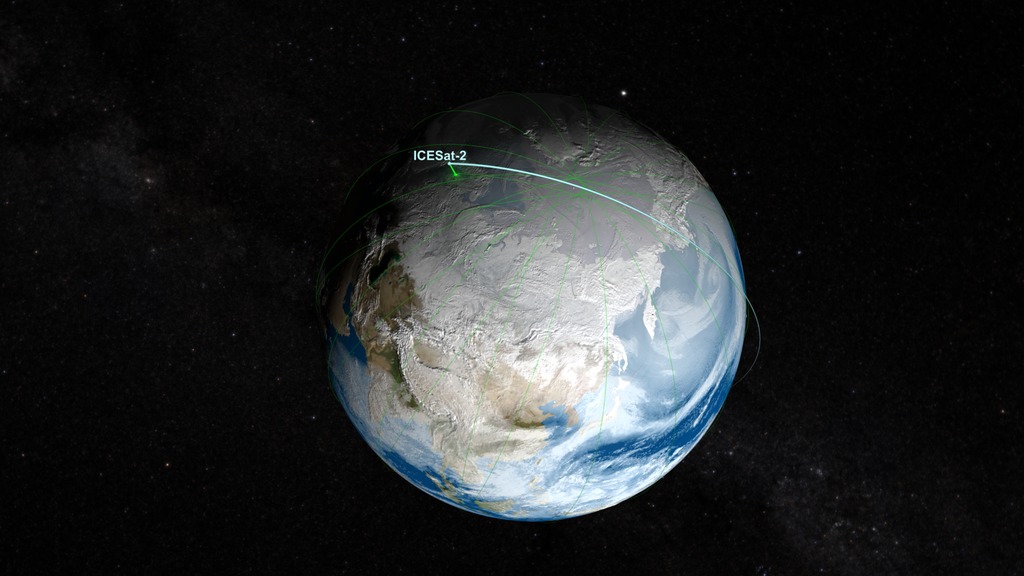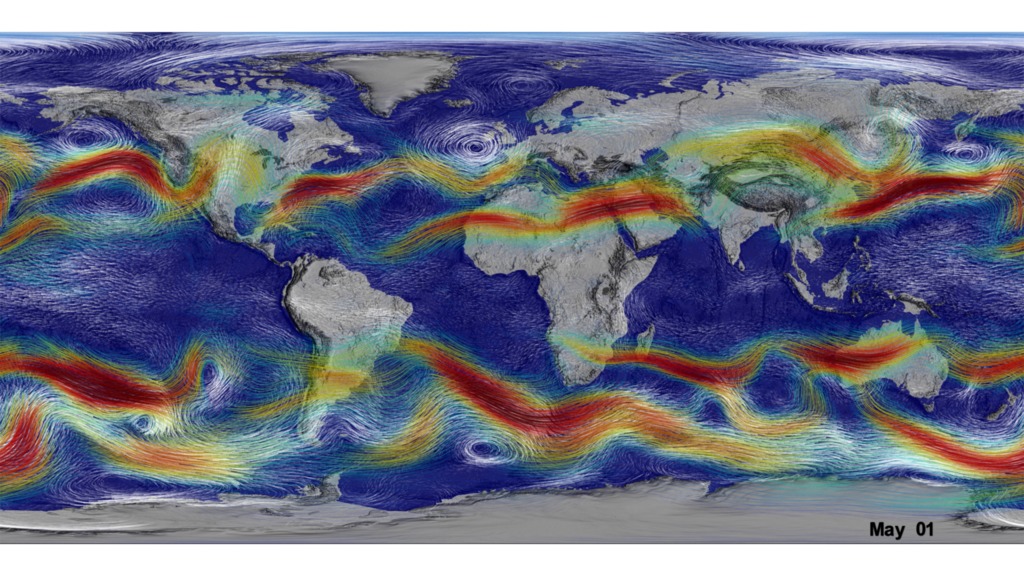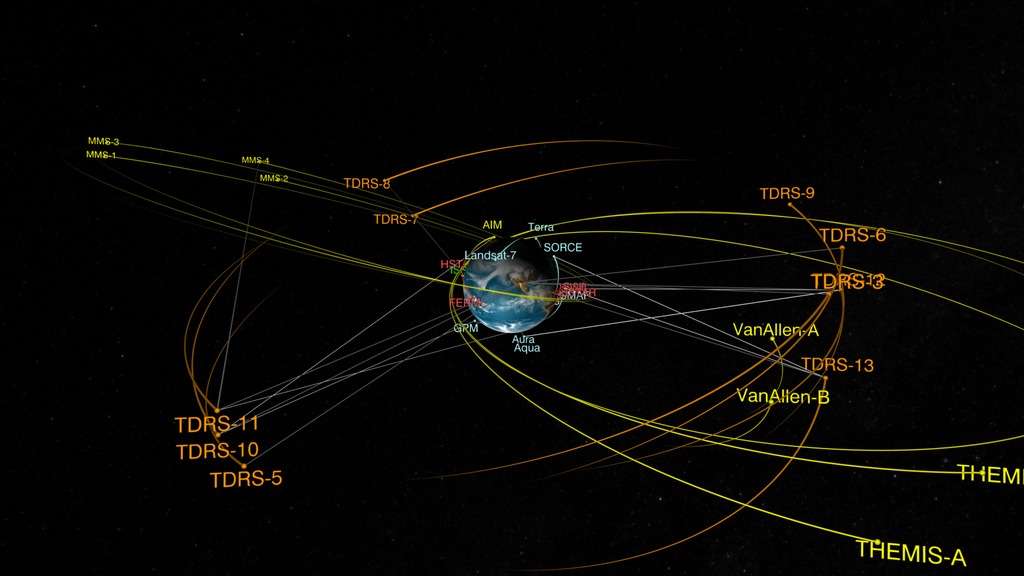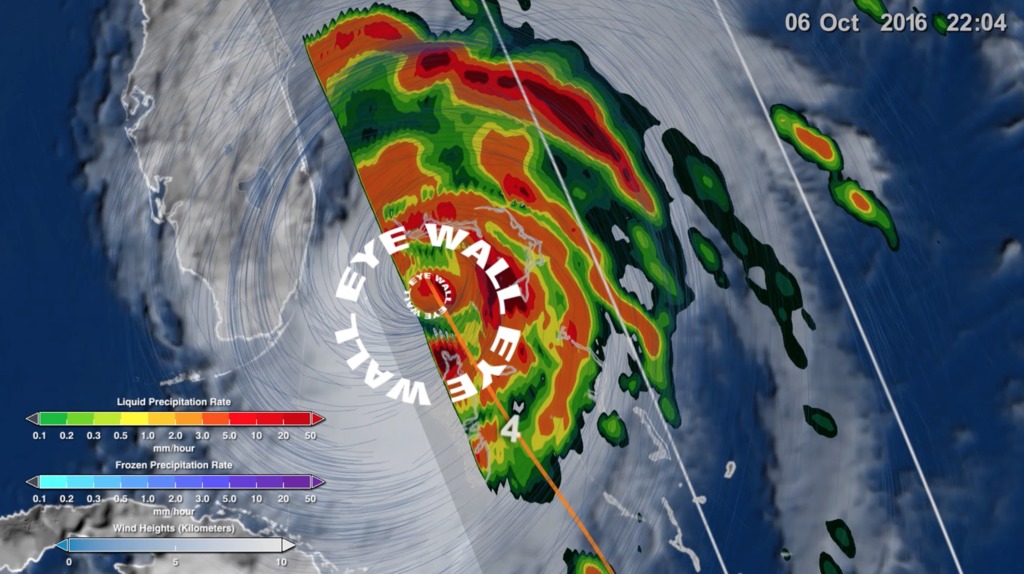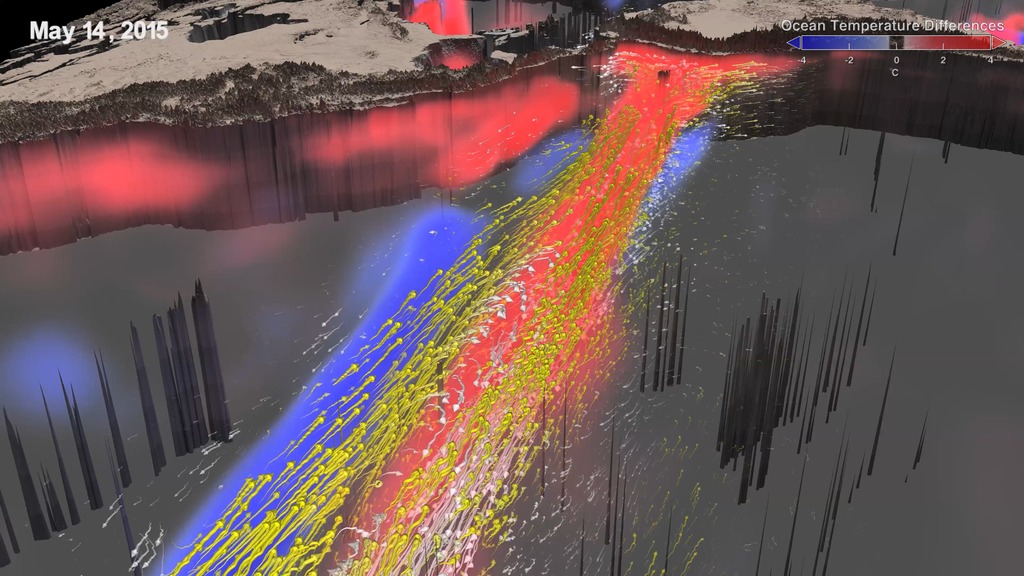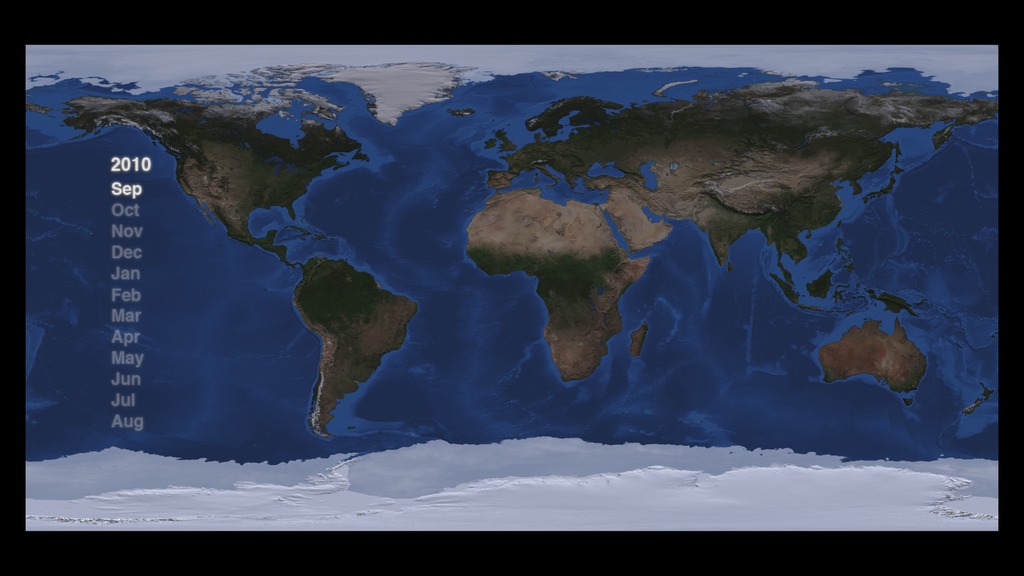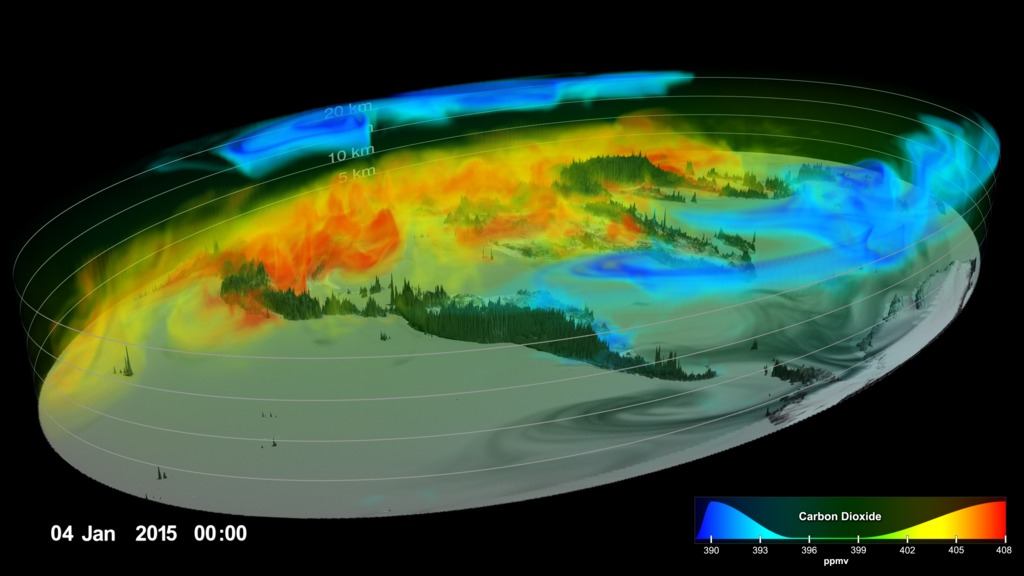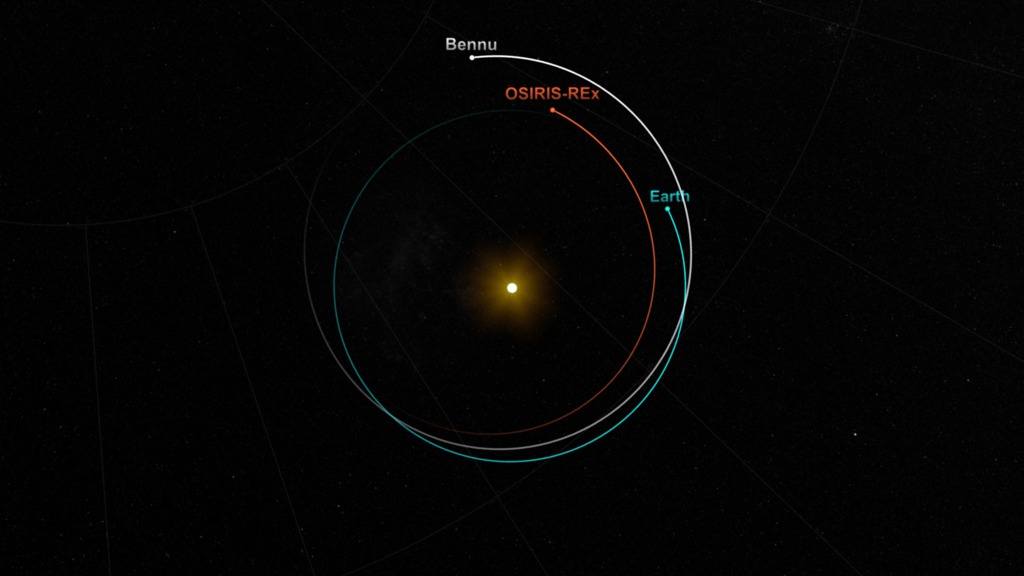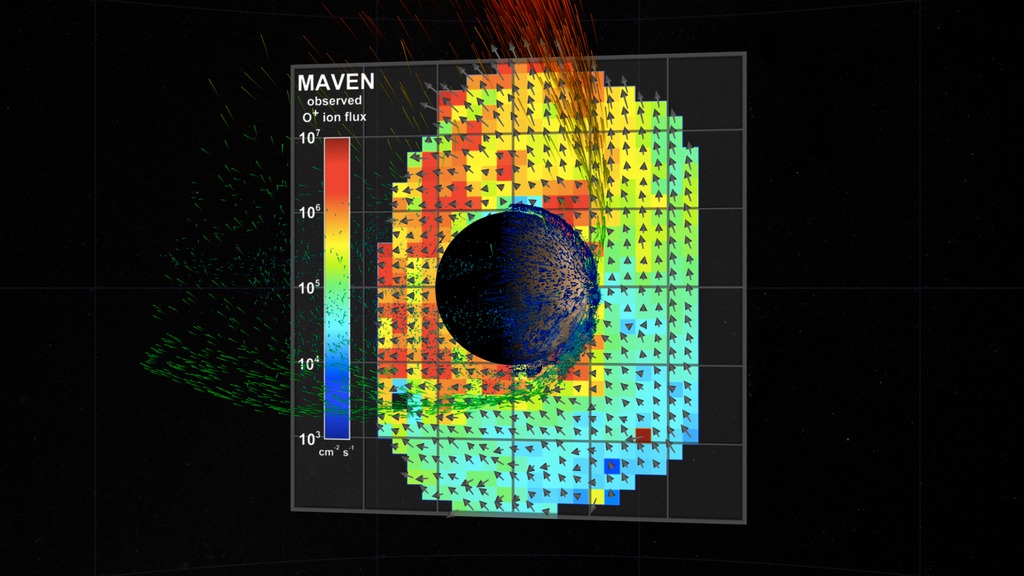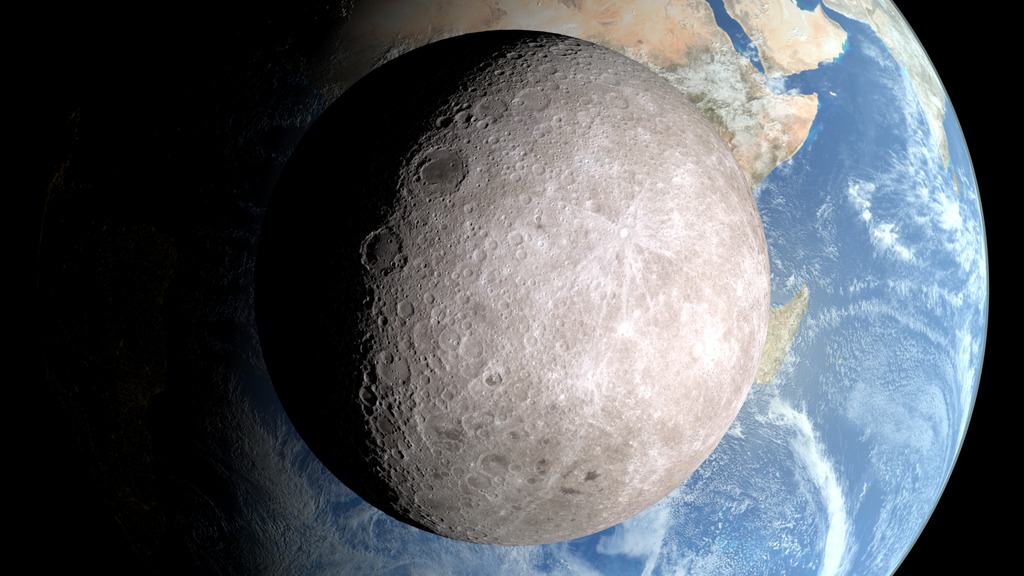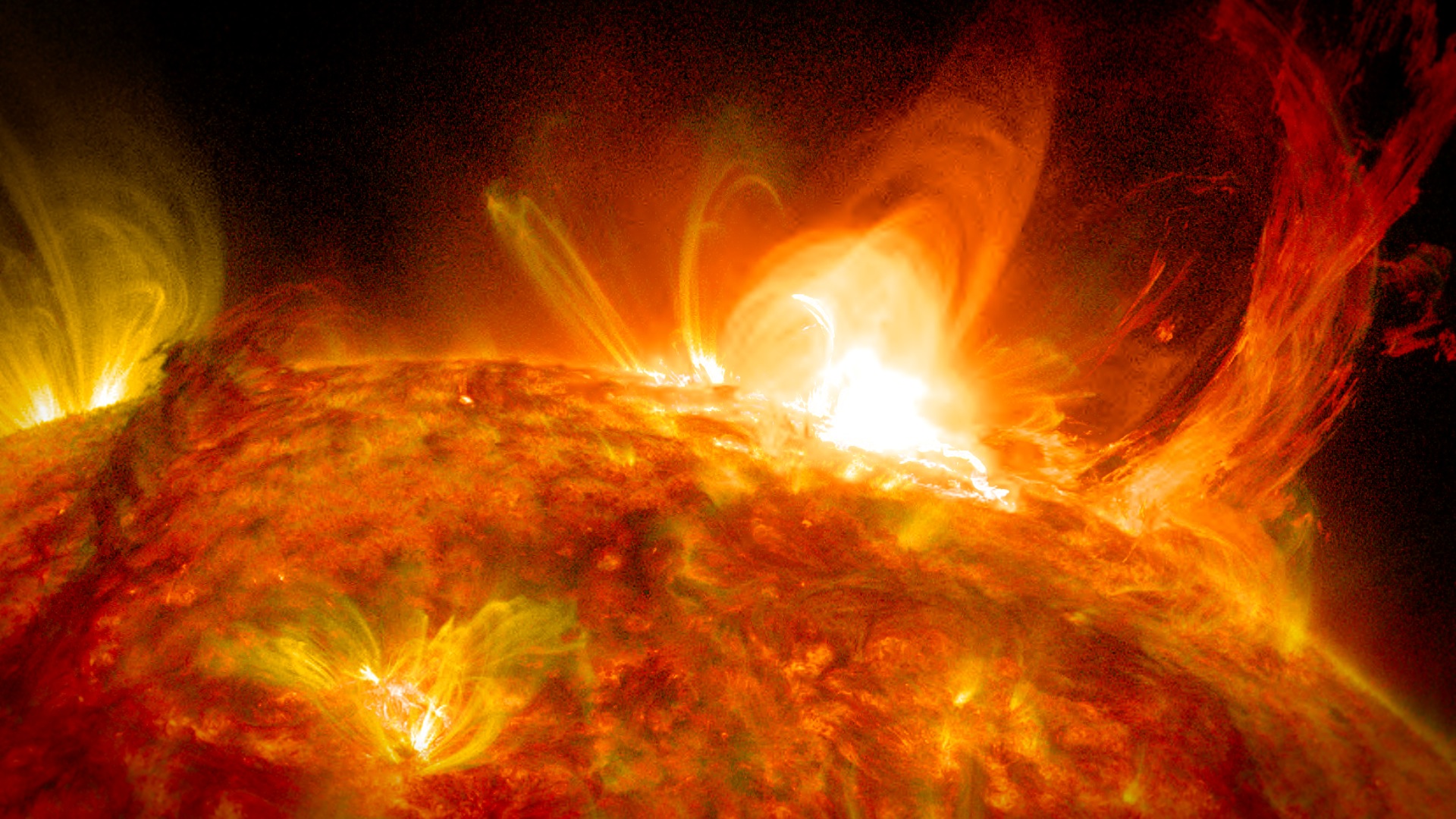SVS Demo Reel
This is the SVS Demo Reel presented at SIGGRAPH 2019 in Los Angeles, CA.
Credits
Please give credit for this item to:
NASA's Scientific Visualization Studio
Music Credit: Westar Music Track "One Idea Leads to Another"
-
Producer
- Devika Elakara (GSFC Interns)
-
Visualizers
- Lori Perkins (NASA/GSFC)
- Greg Shirah (NASA/GSFC)
- Alex Kekesi (Global Science and Technology, Inc.)
- Ernie Wright (USRA)
- Trent L. Schindler (USRA)
- Helen-Nicole Kostis (USRA)
- Cindy Starr (Global Science and Technology, Inc.)
- Kel Elkins (USRA)
- Horace Mitchell (NASA/GSFC)
- Tom Bridgman (Global Science and Technology, Inc.)
-
Technical support
- Leann Johnson (Global Science and Technology, Inc.)
Release date
This page was originally published on Thursday, July 25, 2019.
This page was last updated on Wednesday, May 3, 2023 at 1:45 PM EDT.
